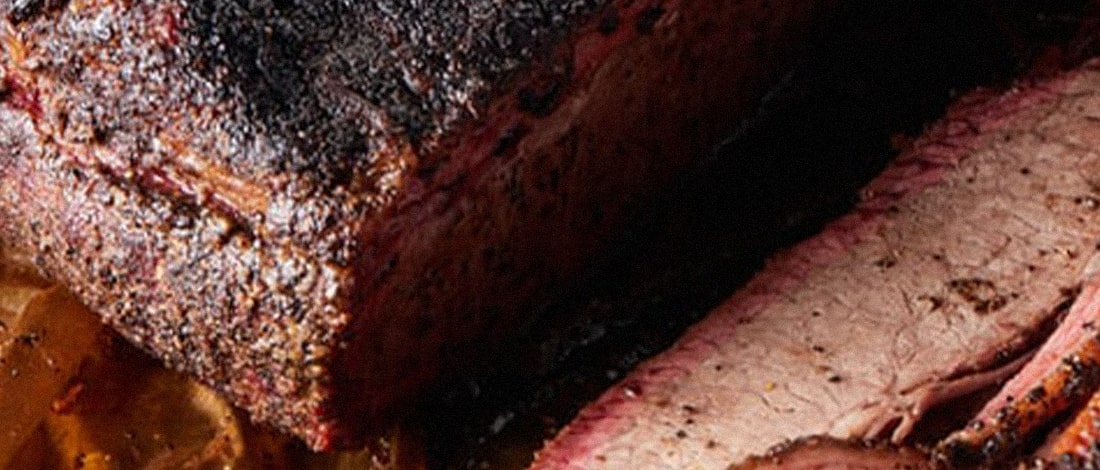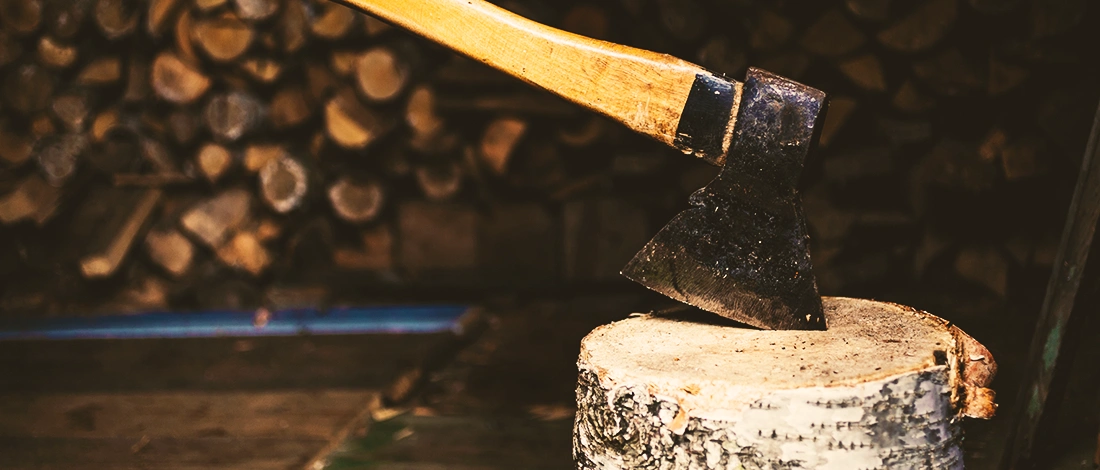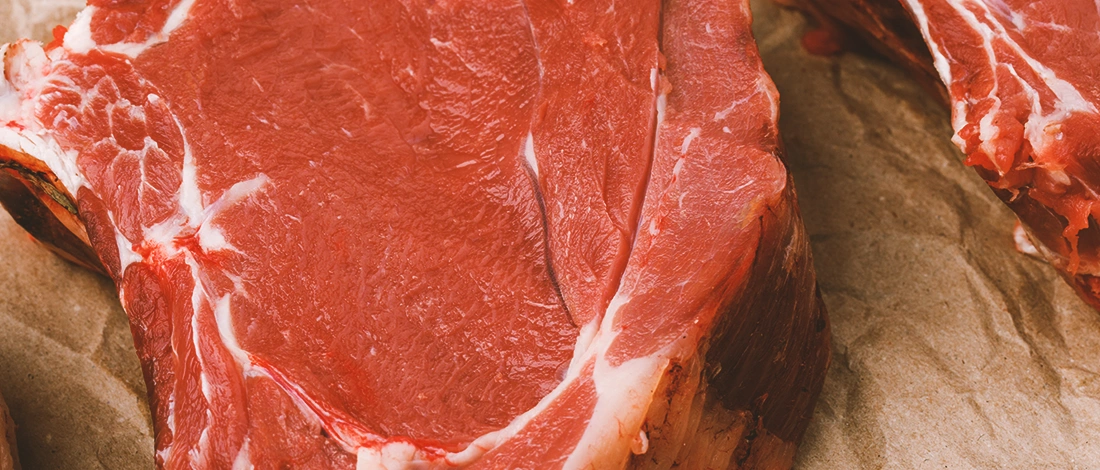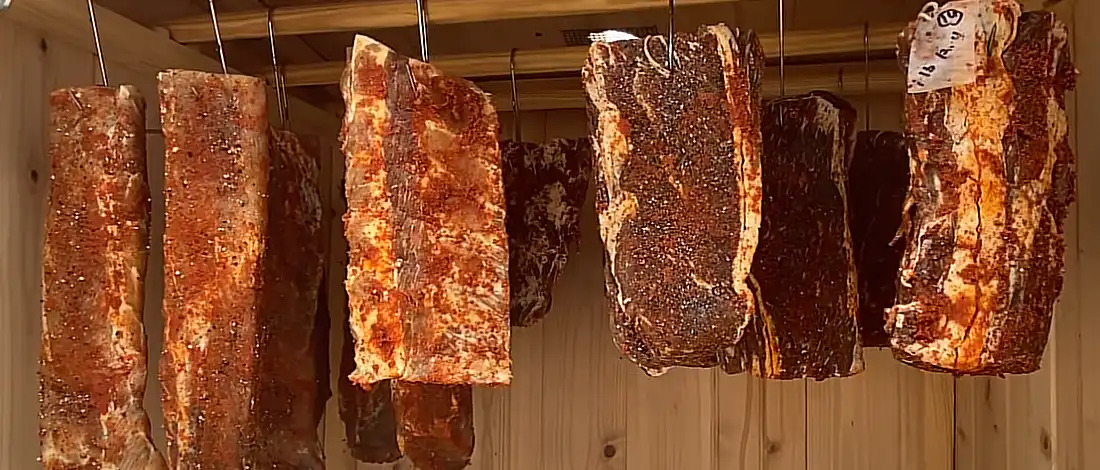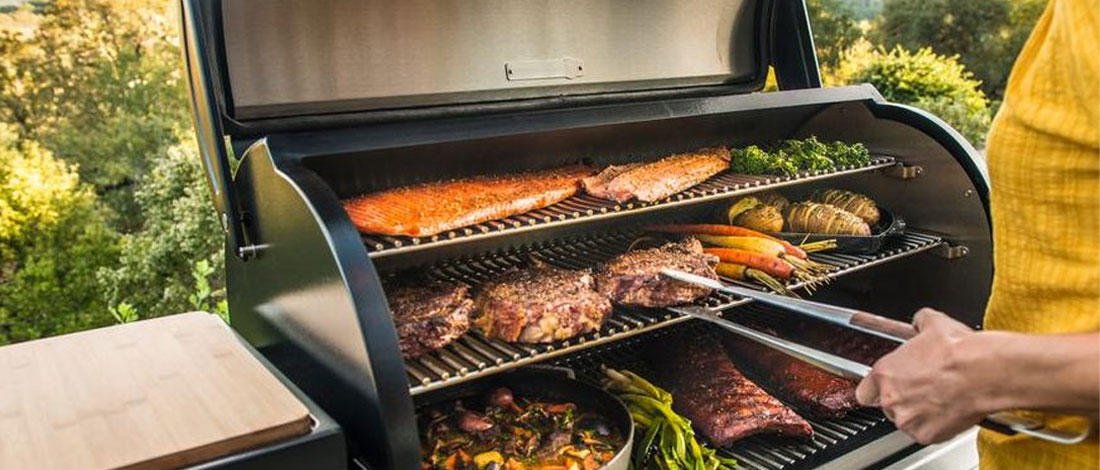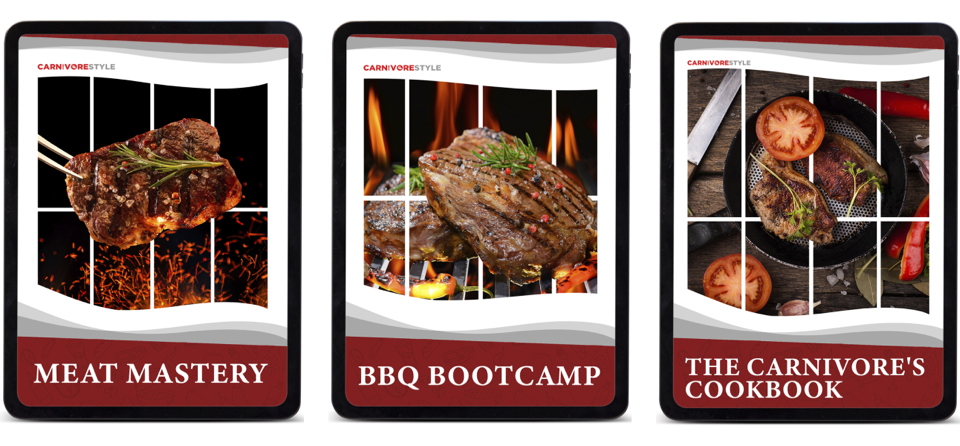While purchasing a grill used to be an easy task, these days, the grill market offers hundreds of brands and various types of grills.
Personally, I love both pellet and gas grills. They both cook up a storm and produce equally good food.
With years of professional chef experience, I can affirm that your cooking equipment directly impacts your food's flavor.
To help you choose the grill you truly need, I've compiled an ultimate guide comparing pellet grills and gas grills, based on my experience. In this guide you will find an overview of the two and comparing their features and overall cooking process.
Quick Summary
- Pellet grill offers versatile cooking options, including precise temperature control and efficient fuel utilization.
- Gas grills come with quick heating and easy temperature control, and are easy to clean.
- A 2022 analysis published on the MDPI website, found that gas grills have the highest carbon footprint among U.S. grill types, whereas wood-pellet grills have the lowest, indicating a ninefold difference in environmental impact and underscoring efficiency disparities within grill models [1].
- To choose between these two, you should consider convenience and flavor: gas for quick cooking and easy control, pellet for rich flavors, temperature precision, and versatility.
Pellet Grills: an Overview

Pellet grills are a lot more similar to ovens, as they are designed to slowly cook your meat at a low temperature. A pellet grill can also double as a smoker.
However, you can do more traditional grilling on a pellet smoker. But they’re really made for adding a great smoky flavor to your food using wood pellets.
“Barbecue may not be the road to world peace, but it’s a start.”
- Anthony Bourdain, American Chef, & Author
One thing I really love about these pellet grills is the fact you completely customize your smoke with a range of wood pellet flavors.
For example, you could smoke your beef with cherry-flavored pellets or pork with some maple. You can even mix and match to create a blend of your own.
Wood pellets are also used to fuel pellet grills. They are made from compressed sawdust, repurposed from lumber mills. You do not soak a wood pellet before using, as it would become soggy sawdust, unlike wood chips.
If you think they sound similar to heating pellets, usually used for household stoves, you’d be mistaken.
Smoking wood pellets in pellet grills are specifically designed to penetrate the food with flavor.
Gas Grills: an Overview

Gas grills are readily available and are excellent for beginners, making them a fantastic addition to your cooking equipment.
Due to their wide availability, they come in a range of styles, sizes, and some with special cooking features.
You may find them as a rather small grill with wheels for convenience or huge built-in units to make an impressive outdoor kitchen.
Gas grills use propane or natural gas as their heating source, and it is usually rather easy to get.
LP (liquid propane) is the fuel most gas units use. This is usually stored in big, white tanks. LP is available almost anywhere and is great to use on the go.
Natural gas is the gas that comes directly from your home. You will have to connect your gas grill to your house gas line in order to use it.
Gas Grill Vs Pellet Grill Comparison
In the gas grill vs pellet grill comparison, various factors come into play. Despite certain similarities, these grills differ significantly in design and functionality.
1. Initial Cost
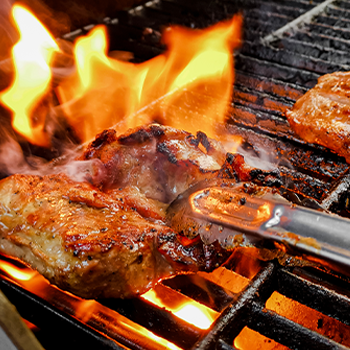
Gas grills can be relatively cheap due to being mass-produced worldwide.
Of course, you can purchase some top-of-the-range gas grills that will set you back thousands of dollars. However, it is rather easy to find a good deal.
Pellet grills are more expensive than most grills out there.
Even the machines that are classed as “cheap” will have you $500+ out of pocket.
A quality pellet grill, like the one we reviewed from Traeger, for example, will cost you $999.99.
Pellet Grills Vs. Gas Grill Winners: Gas
Not only are gas grills easier to purchase, but they’re also cheaper compared to pellet grills.
2. Fuel Costs
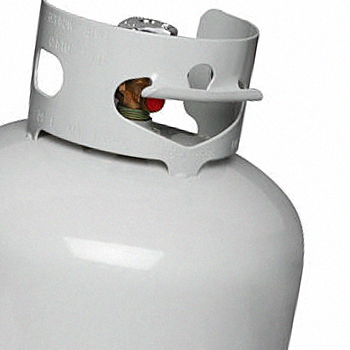
Gas grills require some sort of gas to run - either a propane tank or hooked up to a home gas line. Most people will run their gas grill using a propane tank.
How much cooking time you can get out of a single tank depends on the size of your grill and temperature.
If you cook often and for a long time, you may find yourself spending quite a lot of money on gas tanks.
Pellet grills only need smoking pellets and electricity in order to run.
Again, how many pellets you will need depends on how big your electric grill is. However, a 20-pound bag should last you around 40 hours if you burn at 250°F.
Pellet Grills Vs. Gas Grills Winner: Pellet
While the initial cost goes to the gas grill, you may find it is more expensive in the long run.
3. Flavor
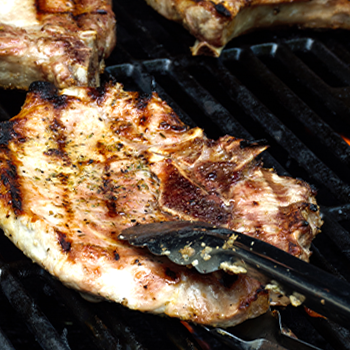
Pellet grills use wood as fuel, which in turn can transfer some great smoke flavor onto the meat.
With over 20 different flavors available, such as apple and hickory, your wood pellet grill is more versatile when it comes to adding flavor during the cooking process.
Gas grills don’t make your food taste bad, but they don’t add any flavor either.
You’ll have quite a hard time if you want to smoke meat on a gas grill. So, all your flavor comes from seasoning beforehand and the actual meat itself.
Related Article: How to Use Wood Pellets On A Gas Grill ?
Pellet Grills Vs. Gas Grills Winner: Pellet
The pellet grill wins this category, hands down. You can add some incredible flavor using wood chips that you simply can not achieve with gas.
4. Temperature Control and Range
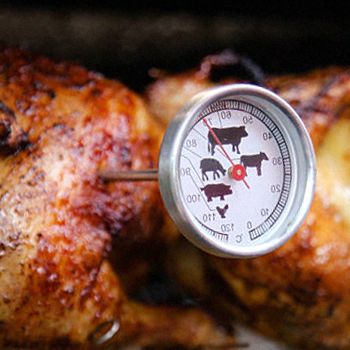
Pellet grills are great for a slow cooking process. The perfect temperature falls between 200 - 350°F, yet it will struggle to reach higher temperatures such as 400°F.
These grills are pretty impressive when it comes to temperature control.
Since all you have to do is set your desired cooking temperature and leave it, you won’t struggle with maintaining it. Higher-end models can even offer accuracy within -/+5°F.
Gas grills are great at hitting those higher temperatures. Higher-end gas grills have no issues going up to 500°F, and sometimes even 700°F.
Recommended Article: Gas Grill Regulator Problems
This is more than enough to sear meat.
On the other hand, a gas grill will have a few issues to maintain heat. Lower temperatures can be a lot harder to control, the lower-end grills struggling at 250°F.
Pellet Grill and Gas Grill Winner: Draw
Both grills have their pros and cons when it comes to temperature control and range. While it’s much easier to control electric grills, gas offers a better temperature gauge to produce a high heat sear.
5. Cooking Options
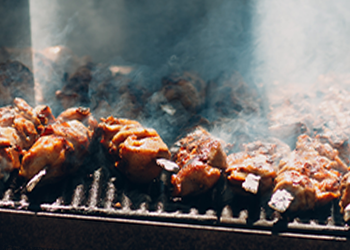
A gas grill can be used with a ton of accessories such as a smoker box, side burners, rotisseries, griddles, and an extra cooking grate.
A pellet grill is an oven, smoker, and grill rolled into one.
It is a very versatile grill, and you can cook up just about anything. Since it’s all-electric, you are even paired with high-tech features such as WiFi and digital temp control.
Pellet Grill and Gas Grill Winner: Draw
Both pellet smokers and gas grills come with handy cooking options. They can both be versatile and come loaded with features. It all depends on which kind of features you value more.
How Gas Grills Work?
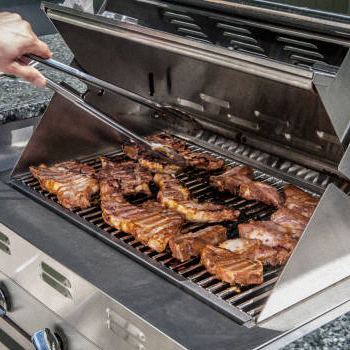
A gas grill works by passing the gas through the valves, used to control the flow and temperature of the grill.
The first step to using gas grills is to decide what gas source you’re going to use. Once you’ve picked either natural or LP gas, you can go ahead and attach it to your grill.
Many people place charcoal briquettes over the flame to distribute heat evenly.
If your gas grill has an infrared burner, you probably won’t need charcoal briquettes.
With gas grills, the food isn’t cooked directly over the flame. This is why briquettes are used.
Most gas grills have 2 or more burners. Once you fire your grill up, a spark will set the gas alight and feed flames through the holes of the burners. The valves can be turned to control the flames.
Also Read: Best 2-Burner Gas Grills
- Perfect for grilling: Designed for grilling, allowing high-temperature cooking for perfect searing and achieving those desirable grill marks.
- Quick: Gas grills generally take around 10 minutes to fire up.
- Cheap: Versatile affordability with options for every budget. Even lower-priced models offer quality cooking, while higher-end ones excel in features and temperature control.
- Clean: Unlike a charcoal grill, gas will not leave you with any mess to clean up.
- Lacks flavor: Unlike pellet grills, you don’t get the joy of experimenting with flavors. Gas is flavorless, so it won’t even give you a smokey flavor.
- Poor heat retention: To use a gas grill, you need good ventilation. Due to this, the heat retention isn’t great.
- Safety: Safety concerns if used improperly. Ensure proper ventilation and open space to avoid carbon monoxide accumulation and potential fire hazards.
How Pellet Grills Work?
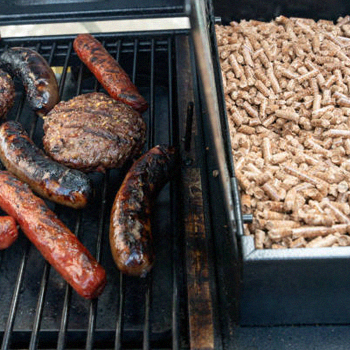
Pellet grills need electricity in order to work. Once you’ve hooked your grill up to the mains and picked out your pellets, you’re ready to start cooking.
You will find the hopper located at the side of your wood pellet grill.
This is where you place your pellets. The pellets move down into the auger, once again being directed down and into the firepot.
There’s a heated rod inside the pellet grill fire pot that makes the wood pellets burn, creating the heat you use to cook food, and adding the smoke flavor.
The heat will be controlled by a convection fan that cooks the meat indirectly instead of grilling it. This is why I say it’s more like an oven or smoker instead of a pellet grill.
Related Articles:
- Convenient: Remarkable convenience—simply set desired temperature and let the grill handle cooking effortlessly.
- Maintenance: Minimal mess compared to gas or charcoal grills. Occasional cleaning of cooking surface and fire pot required, but overall tidiness is maintained.
- Inexpensive to run: Efficient due to convection fan. Wood pellets cost less than charcoal, making them an economical fuel choice.
- Quick: It takes as little as 15 minutes to have your grill up and ready to cook.
- Versatile: With a pellet grill, you can smoke, bake, roast, barbecue, and grill. Keep in mind that you won’t be able to sear as good as with charcoal grills.
- Flavor: With lots of wood pellet flavors to choose from, you can customize the flavor of your meal as you’d like.
- Initial price: Initial cost higher than gas or charcoal grills, but not significantly. Long-term costs might balance out due to potential gas grill expenses.
- Moving the grill around:When it comes to moving your pellet grill around, it is quite inconvenient. They have to be plugged into a power source to work.
- Temperature: Ideal for low and slow cooking compared to gas. Low temperatures over extended periods enhance flavors but hinder searing capabilities.
Our Picks
Here are two of our favorite grills from each category to help you make up your mind between gas and pellet.
1. Traeger Pro 780
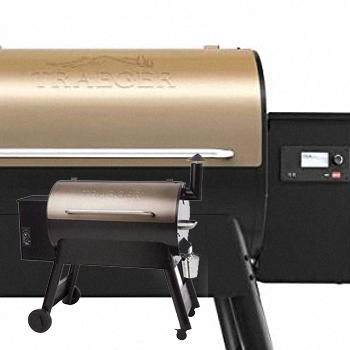
The Traeger Pro is the best-selling range from Traeger. The Traeger Pro 780 gives you an impressive 780 square meters of cooking space, enough to grill 6 chickens at once.
The Traeger Pro 780 also comes with smart WiFi technology, referred to as WiFIRE. This allows you to connect your grill to their patented Traeger Companion App, which can control your grill without you even being there.
What we love about the Traeger Pro 780 is its ability to control temperature. The RTD probe keeps the temperature within a -/+15°F range.
Specifications:
- Cooking Area: 780 square inches
- Hopper Capacity: 18 lbs
- Temperature: 180 F - 500°F
- Warranty: 3 years
- Price: $999.99
- Great build and quality
- Handy WiFi monitoring app
- Dual LED temperature readout
- Unable to sear due to low-temperature range
- Pricey compared to most charcoal and gas grills
2. Weber Genesis II E-335 Natural Gas Grill
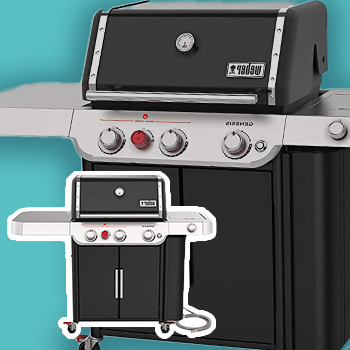
The Weber Genesis II E-335 is a natural gas grill equipped with a sear station and a side burner. This allows various cooking styles; simmering your barbecue sauce or sauteing your veggies as your meat cooks.
This grill offers 669 square inches of cooking space, enough to fit 20 burgers at once.
It also comes with a tuck-away heating rack, which allows you to keep your food warm and toast your buns.
It is also possible to connect your grill to WiFi using a digital thermometer.
This displays the real-time temperature. The only downside to this is you will need to purchase this accessory separately [3].
Specifications:
- Cooking Area: 669 square inches
- BTU-per-hour Input: 39,000
- Side Tables: 2
- Warranty: 10 years
- Price: $979.99
- Impressive warranty
- Comes with a searing zone and side burner
- Has the ability to hit high temps
- A few features require extra purchasing
- Pricey compared to other propane grills
Pellet and Gas Grills: The Winner
At the end of the day, both of these types of grills make a fantastic piece of equipment. When buying a new grill, you need to think about what you’ll be using it for and what features you value the most.
However, if you want a grill that ticks all the boxes, Traeger Pro 780 wins this battle. With ample cooking space, impressive hopper capacity and temperature range, this grill is a dream come true for every grilling enthusiast.
There's no doubt you’ll have a great time coming up with new ways to wow your audience with this best-seller from Traeger.
References:
- https://www.mdpi.com/2673-3994/3/3/29
- https://www.ncbi.nlm.nih.gov/pmc/articles/PMC7203328/
- https://www.weber.com/US/en/gas/genesis/37410001.html

